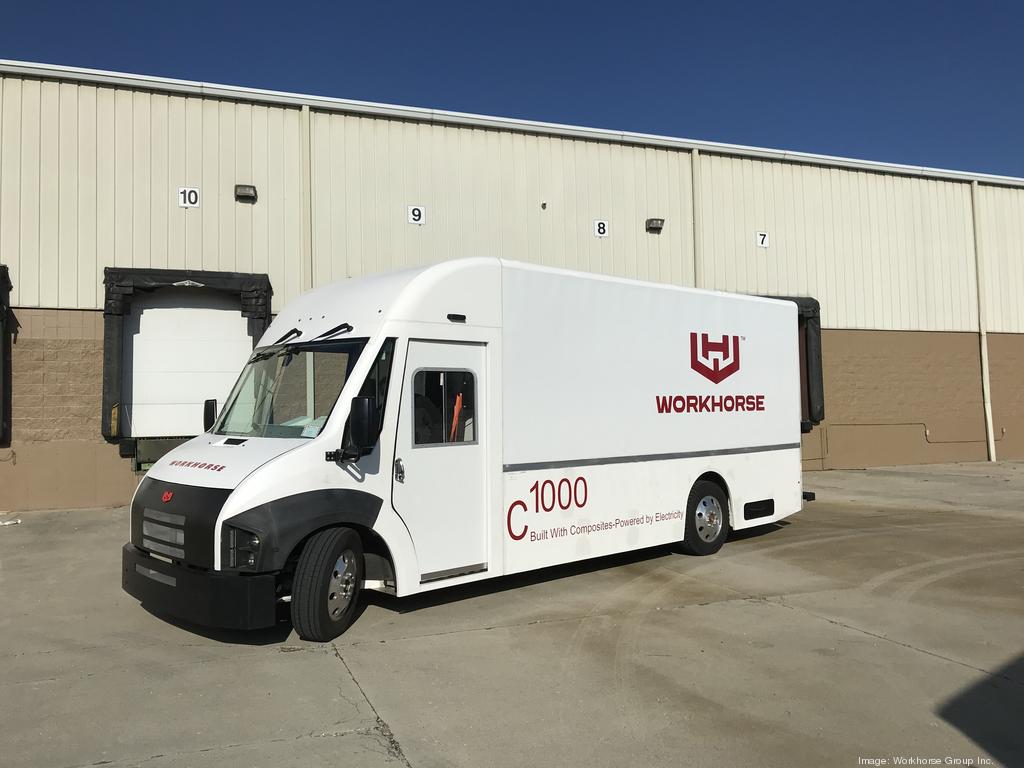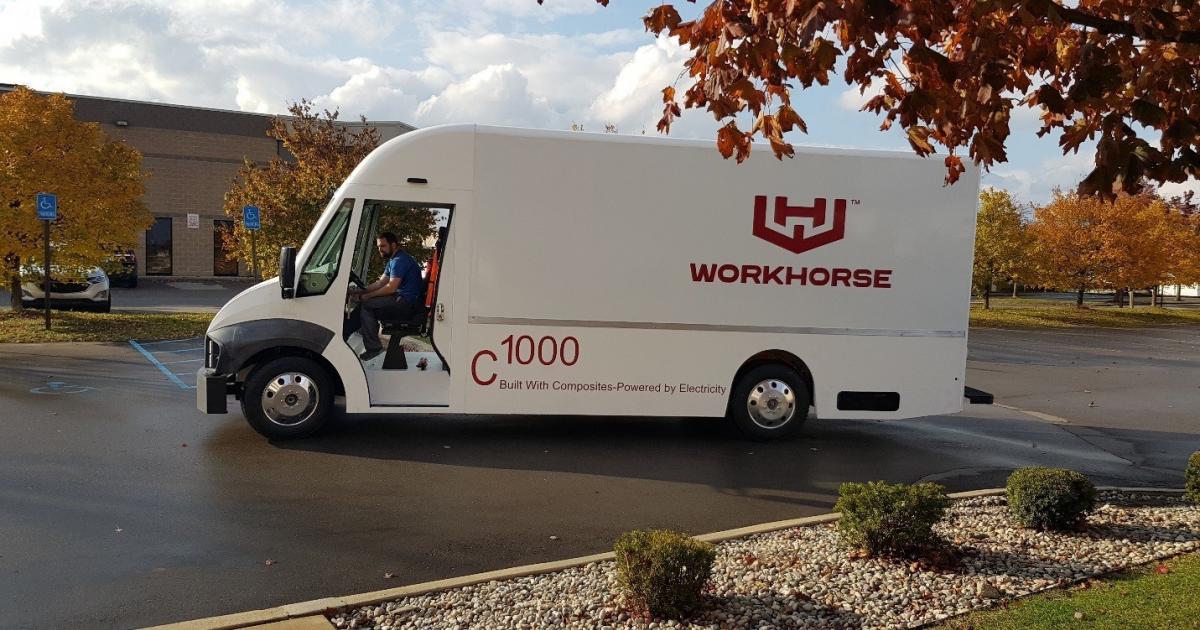
Here's why I believe now is the time to cover the short positionĢ021 is likely to be a better year for Workhorse in comparison to 2020. Workhorse, arguably, will have to tap both debt and equity markets to meaningfully boost its production and R&D capabilities, which is unlikely to bode well with existing investors. For an EV manufacturer to succeed on the big stage, I believe deep pockets are required as legacy automobile manufacturers are increasingly eyeing the lucrative growth opportunities available in this industry. The company reported R&D expenses of $9.1 million for 2020, which was largely in line with the $8.2 million the company spent for R&D purposes in 2019. With the USPS contract out of the equation, Workhorse, in my opinion, will be forced to tap into capital markets once again in the near future to fund its R&D expenses and its ambitious plans to expand manufacturing capacity. Profitability, even in the best-case scenario, looks at least a decade away, and many things could happen during such a long period of time. To add some color, Workhorse needs to substantially scale up to become a profitable venture, and the company might be forced to compete with legacy automobile manufacturers in the near future, which would make life even more difficult for Workhorse.


This increase came on the back of higher truck sales, but if you pay attention to the cost of goods sold, you'd see that Workhorse incurred costs to the tune of $13.1 million to generate revenue of $1.4 million. However, this was not to be.įor 2020, Workhorse reported revenue of $1.4 million, an increase from the $0.4 million revenue reported for 2019. The credibility of the company, in my opinion, would have gone through the roof if things turned out to be this way. If the company was awarded the opportunity to design at least a few vehicles for the Postal Service, the company could have used it as leverage to promote the fact that a large government entity is trusting them with the designing of last-mile delivery vehicles. Unfortunately for the company, this did not materialize and Workhorse had to walk off empty-handed. In my original short thesis, I discussed why the USPS might offer a partial contract to Workhorse, for example, to design and build 50 vehicles. Taking into account recent developments, I believe now is a good time to be booking the returns. In early February, Workhorse shares reached a fresh 52-week high of $42.96, so a short-seller who was brave enough (I was not) to enter the trade well before the announcement of the USPS contract winner would be sitting on much higher gains today. The stock is down 59.33% since I published my bearish view on the company, but in reality, the realized return of a short-seller (without accounting for financing costs) would be close to 36% assuming the investor shorted the stock on February 24, a day following the announcement from USPS confirming its decision to award the contract to Oshkosh Corporation ( OSK ).


In my short thesis, I suggested investors wait until the USPS declares the winner of the Next Generation Delivery Vehicle contract to short Workhorse stock. ( NASDAQ: WKHS) in October last year, the stock was trading at $23.63. Photo by Tramino/iStock Unreleased via Getty Imagesīack when I published my short thesis for Workhorse Group Inc.


 0 kommentar(er)
0 kommentar(er)
